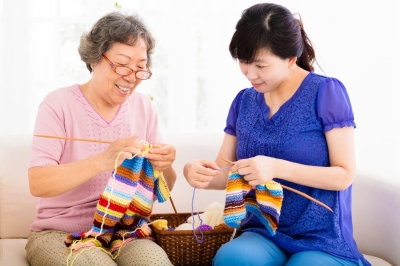The allure of the Japanese folding screens of the Edo Period (1603-1867) lies in their elegance, their dazzling schemes of silver and gold, and the painstaking detail of their form and decoration. A wonderful opportunity to appreciate such pieces is the exhibition "Paintings of the Edo Period," now showing at the Seikado Bunko Museum. On display are 39 works, dating from 1603 to 1867, including folding screens, hanging scrolls and illustrated scrolls.
More than just ornate artworks, however, these pieces speak vividly of the time and place of their creation and are valuable historical documents.
The Edo Period began when Tokugawa Ieyasu, who unified Japan, transferred the capital from Kyoto to Edo (Tokyo). Kyoto had been not only the political but also the artistic capital of Japan during the Muromachi Period (1392-1603), and members of the Imperial court, the samurai class and wealthy merchants maintained the artistic vitality of the city by patronizing the arts. But while the art commissioned by the court and by samurai lords tended to represent such lofty subject matter as landscapes, the merchant class preferred urban art that showcased the prosperity of the city and the festivities of its entertainment quarters.

















With your current subscription plan you can comment on stories. However, before writing your first comment, please create a display name in the Profile section of your subscriber account page.